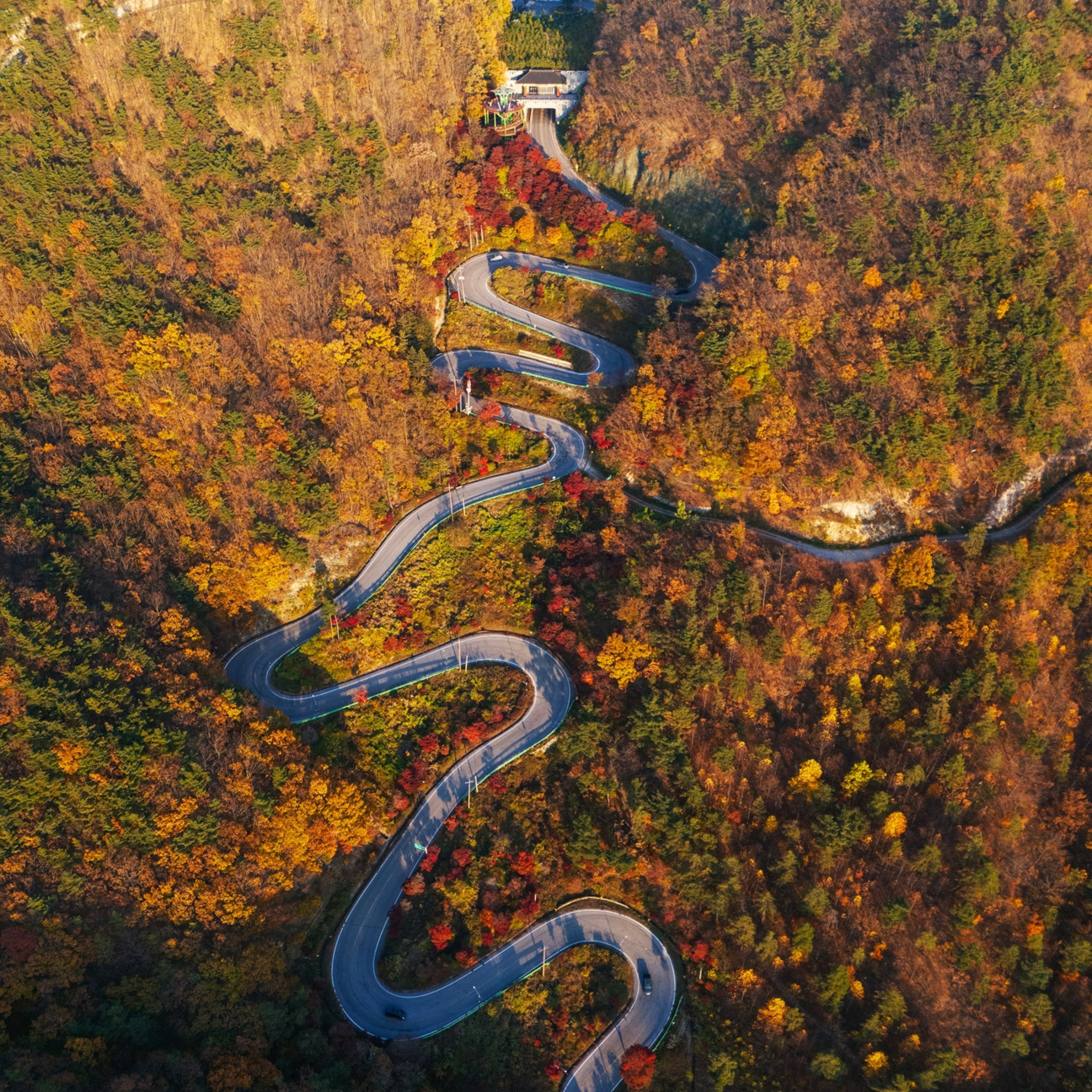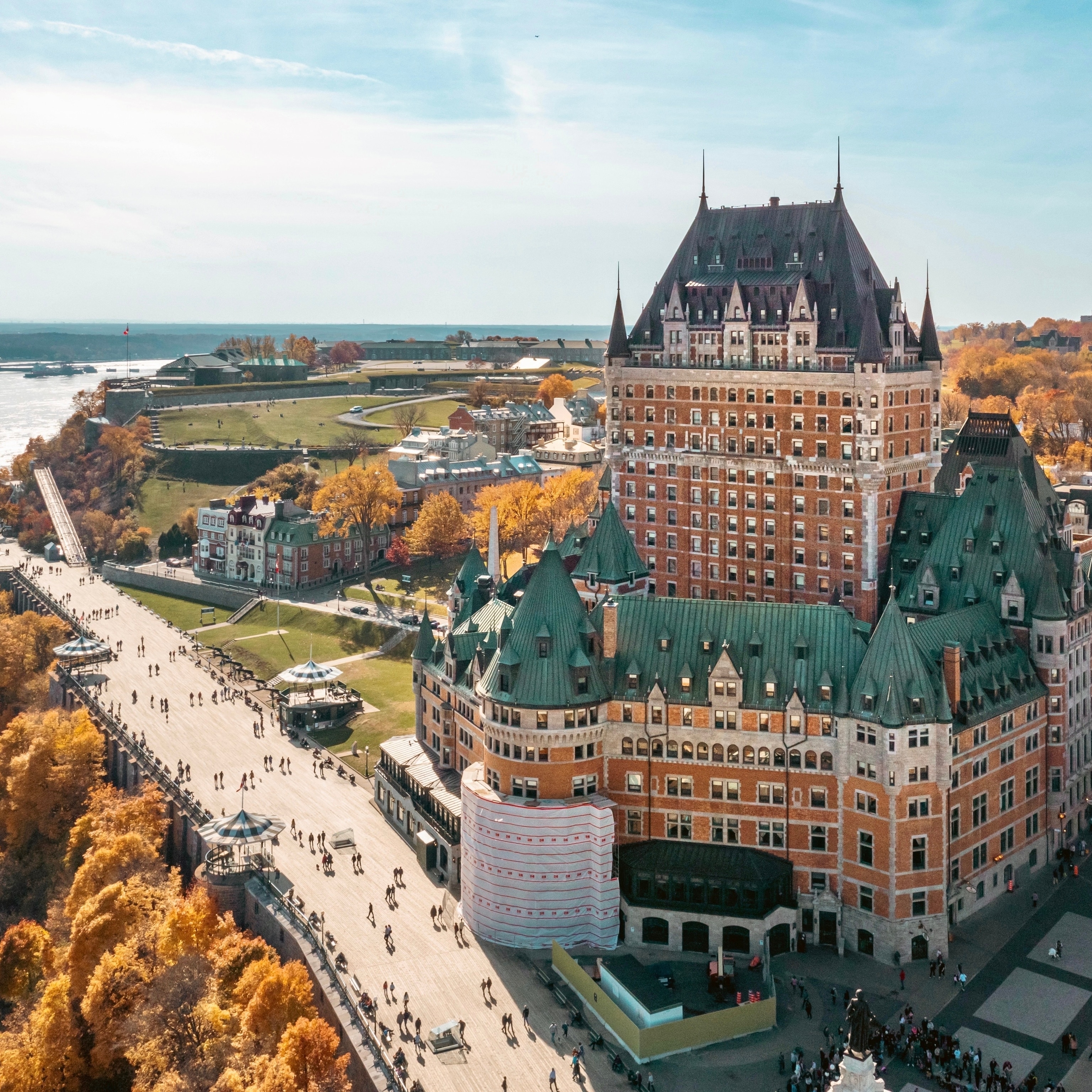Opulence abounds in South Korea
Steeped in tradition, South Korea is a treasure trove of exceptional experiences and unparalleled opulence.

The opulence of South Korea is embodied in the exquisite art, craft, culinary, and performance traditions preserved by master artisans, designers, chefs, musicians, and dancers. One such world-acclaimed creator is Kim Sy Young, a master of black ceramics—an ancient Korean art form originating in the Goryeo Dynasty (918–1392). Known as an “alchemist of flame,” Sy Young, who has a background in engineering, brings a scientific eye to his work, studying fire and soils to recreate an ancient process and produce heirloom-quality treasures.

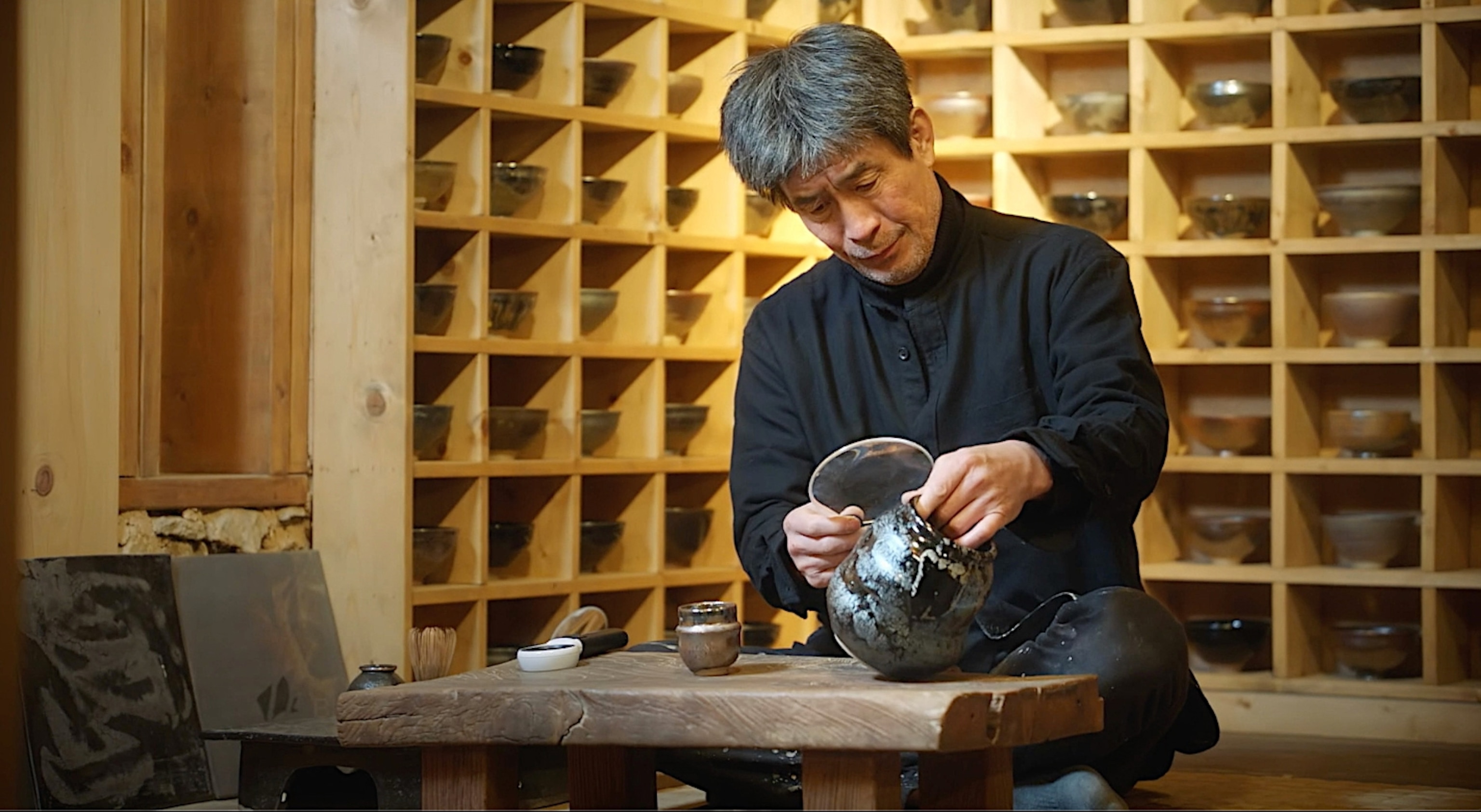
Unlike most ceramists who use a single kiln and only bake their pieces one time, Sy Young employs both a traditional wood-fired kiln and a high-temperature kerosene kiln, extended firing times, and repeated firings to create the mysterious colors seen in his uniquely shaped tea bowls, pots, and other elegant pieces. His exclusive works—prized for their originality, historical significance, and sense of mystery—have earned highly coveted spots in international exhibits, galleries, and institutions, such as the permanent collection of London’s Victoria and Albert Museum, the world’s premier museum of art and design.

The same meticulous attention to detail infusing Sy Young’s magnificent black ceramics shines through in the time-honored Korean practice of bojagi, an opulent, yet sustainable, wrapping method using squares of silk. Lee Hyo-Jae, a famous hanbok (traditional Korean dress) designer and a fervent sustainability advocate, developed her passion for bojagi as a fashion designer. Instead of discarding the silk remnants from her creations, Hyo-Jae employed traditional bojagi techniques—such as the intricate, flower-shaped knot—to transform leftover fabric into luxurious gift wraps and reusable, eco-friendly bags.
Opulent and elegant, a bojagi-adorned gift or object inspires thoughtful unwrapping by the recipient or owner. The tight embrace of the bojagi also holds a deeper meaning, symbolizing the strong sense of unity among Koreans. Once unfolded, the bojagi is reborn as a stylish and sustainable item, such as a mat, headscarf, or wrapper. An intricate knot technique—similar to those used in bojagi—also is employed to tie an otkorum, the dignified bow on the traditional hanbok jeogori (jacket).

Visitors can experience the refined elegance and opulence embodied in bojagi and hanbok by donning traditional hanbok attire when touring grand royal palaces such as Gyeongbokgung or Northern Palace. Built in 1395 as the first and main palace of the Joseon dynasty (1392–1910), the sprawling complex is the largest of the country’s surviving imperial residences. Neighboring Changdeokgung or Eastern Palace, the most well-preserved Joseon palace, is a resplendent UNESCO World Heritage site known for its seamless integration into the surrounding landscape and its “secret” rear garden. Admission fees are waived at both palaces for visitors wearing hanbok, which can be rented at a number of nearby shops.
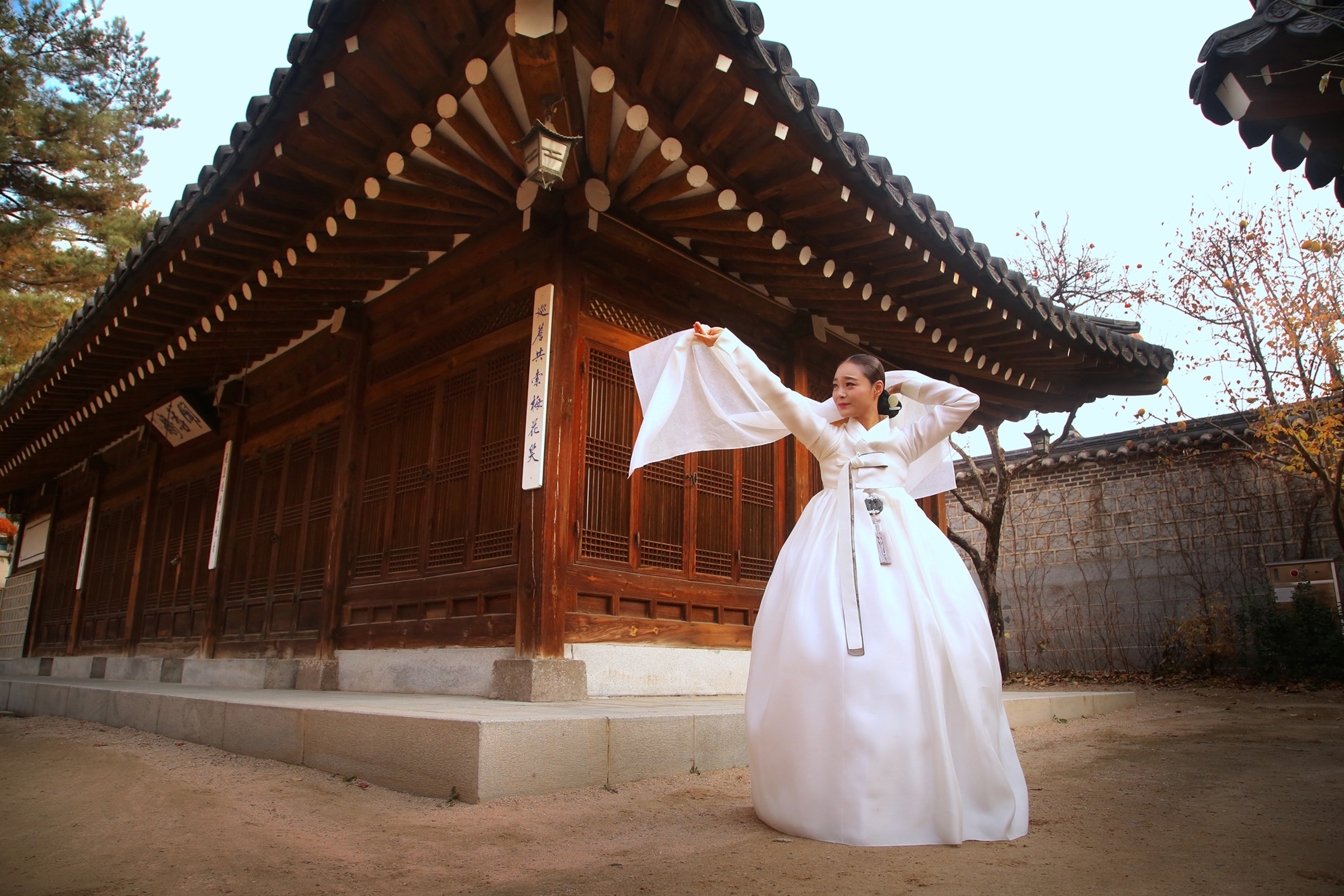
While the free-flowing elegance of hanbok is apparent whenever it is worn, the graceful soloists who perform the traditional Korean salp’uri, or spirit-cleansing, dance take the opulence of hanbok to new heights. Wearing white hanbok, dignified salp'uri dancers elegantly move to the mesmerizing rhythms of shinawi, a traditional Korean music genre relying heavily on improvisation. Watching a salp’uri soloist perform is a deeply moving, somewhat mystical experience. The dancer’s signature accessory—a long and flowing white silk scarf—accentuates the elegant arm and hand movements of the performer and the varied rhythms and tempos of the dance. Similar to other traditional Korean music and dance, the hypnotic salp’uri starts out slowly, rapidly builds tempo, and gracefully slows at the end.


Salp’uri is performed as part of the opulent music and dance spectacle staged at Korea House, a lavish dining and performance venue modeled after Gyeongbokgung Palace’s Jagyeongjeon Hall and operated by the Korea Cultural Heritage Foundation. The centerpiece Korea House cultural performance is an elaborate music and dance interpretation of the traditional Korean folk tale Shimcheong. Among the featured awe-inspiring performances are high-energy samgomu (three-drum) folk dances, graceful fan dancing, and pansori, a musical storytelling genre recognized by UNESCO as a “masterpiece of the oral and intangible heritage of humanity.”
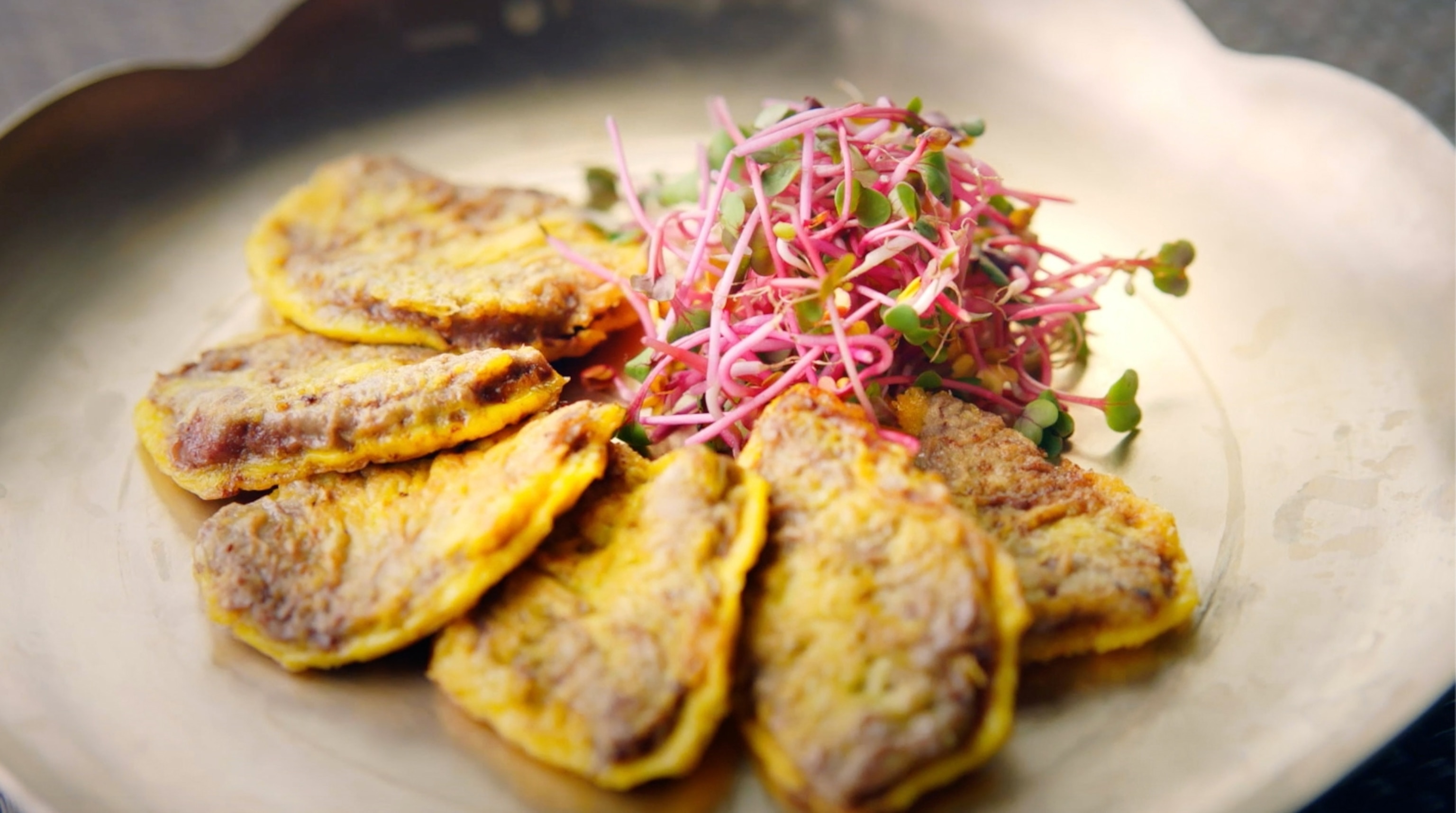
Korea House also is the place to experience a most sumptuous ancient tradition—savoring royal cuisine as prepared for the king and his court during the Joseon Dynasty. Recipes for the lavish imperial banquets have been passed down through the centuries by royal descendants and in historical records and cookbooks. Meticulously prepared and exquisitely presented, the opulent meals are celebrated for their ingredients, which must be local, fresh, and the finest available. Korea House’s extravagant suragan, or royal kitchen, sampling menus feature a dozen or more superb courses and dishes such as lotus leaf-steamed pork belly and miyeok-guk (seaweed soup).
Another delectable cuisine steeped in Korean history is the authentic, vegetarian temple food precisely crafted at Balwoo Gongyang, the only restaurant directly run by the Jogye Order of Korean Buddhism. In Buddhism, temple food is a practice that nourishes body, mind, and spirit. Each delicate dish is prepared with homegrown or naturally cultivated ingredients and without the five spicy vegetables—garlic, green onion, onion, leek, and wild chive—thought to distract the mind. Dining at Balwoo Gongyang offers the unique opportunity to experience the distinctive flavors and rich culture of temple food.
Following a day spent immersed in the opulence of ancient Korean traditions, discerning travelers can luxuriate in the plush surroundings of one of South Korea’s exclusive hotels, such as Hotel Art Paradiso. The exquisite boutique hotel is part of Paradise City, a glimmering “art-tainment” resort complex blending luxury, art, and entertainment. Sculptures, paintings, and monumental installations by Korean and international artists are among the museum-worthy works exhibited throughout the artfully designed property.
Among the other jewels in South Korea’s collection of magnificent hotels and resorts is Signiel Seoul, the country’s first landmark luxury hotel. Occupying the 87th to 101st floors of the 123-story LOTTE World Tower—the tallest building in South Korea—the sleek, modern hotel is an oasis of serenity and pampering.

Further elevating the magnificence of the South Korean travel experience is Seoul Sky, the above-the-clouds observatory spanning the LOTTE World Tower’s top seven floors. From the observatory’s highest perch—1,640 feet above sea level—guests are treated to exhilarating, 360-degree views of Seoul, South Korea’s dynamic capital; the Han, or Hangang, River, which flows through the heart of the city; and a kaleidoscope of opulent jewel-toned colors in the ever-changing sky.
